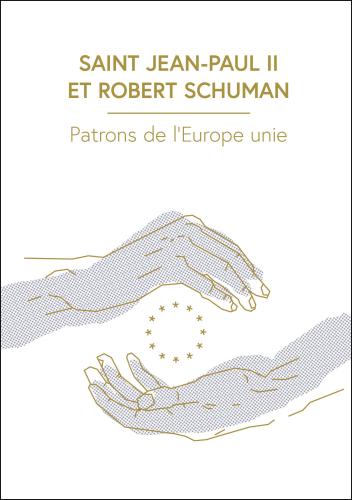L’histoire de l’intégration européenne
Streszczenie
L’intégration des États, tant sur le plan politique qu’économique, est certainement un des processus qui ont caractérisé le continent européen après la Seconde Guerre mondiale. Certes, des tentatives et des propositions d’intégration avaient déjà été faites auparavant, mais ce n’est qu’après 1945 qu’elles ont été effectivement mises en œuvre. La création de la Communauté européenne du Charbon et de l’Acier en 1951, puis de la Communauté économique européenne et de l’Euratom en 1957, a induit une coopération étroite entre les pays de la partie occidentale de l’Europe, mais ce n’est qu’après la chute des régimes communistes que la voie a été ouverte à l’intégration de l’Europe centrale et orientale (en 2004 et en 2007). À l’heure actuelle, l’Union européenne, qui compte 27 pays, est sans aucun doute l’exemple d’intégration qui a le mieux réussi dans le monde. Cette organisation a évolué à la fois en termes de nombre d’États qui y adhéraient et d’étendue de la coopération entre ceux-ci. Comme toute autre forme de coopération, elle a connu des crises, mais a su les surmonter. Un nouvel élargissement de l’UE aux pays des Balkans est possible dans un avenir proche.



